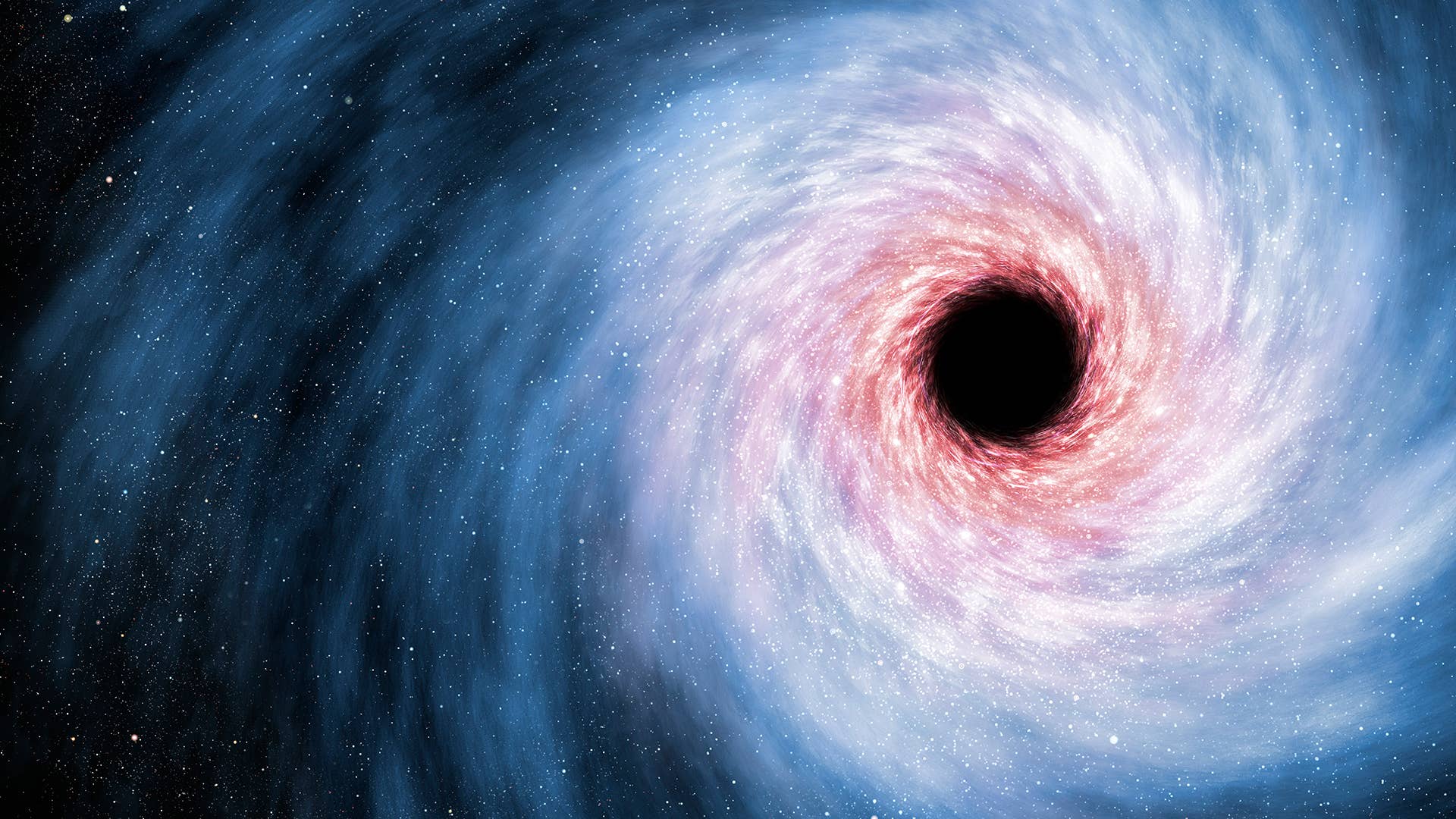
Astronomers have discovered a black hole hiding in the neighboring Large Magellanic Cloud galaxy, and it could be the first of many discoveries to come.
Per CNN via a paper documenting the finding in the Monthly Notices of the Royal Astronomical Society, the discovery was made using the European Southern Observatory’s Very Large Telescope in Chile. Scientists said they were able to discover the black hole by following the movement of a nearby star that’s approximately five times the mass of the sun in the Milky Way -- which is our galaxy. The technique could be utilized to find other black holes in the neighboring galaxy.
“Similar to Sherlock Holmes tracking down a criminal gang from their missteps, we are looking at every single star in this cluster with a magnifying glass in one hand trying to find some evidence for the presence of black holes but without seeing them directly,” said Sara Saracino, who led the research. "The result shown here represents just one of the wanted criminals, but when you have found one, you are well on your way to discovering many others, in different clusters."
"The vast majority can only be unveiled dynamically," added team member Stefan Dreizler. "When they form a system with a star, they will affect its motion in a subtle but detectable way, so we can find them with sophisticated instruments."
Black holes aren’t easy to discover since they’re otherwise invisible, which is why scientists focus on how they heavily impact the gravity surrounding them and emit X-rays when swallowing matter. The newly discovered black hole is smaller than similar discoveries, it was revealed. These younger ones are expected to help with research on the older, larger ones already documented.

